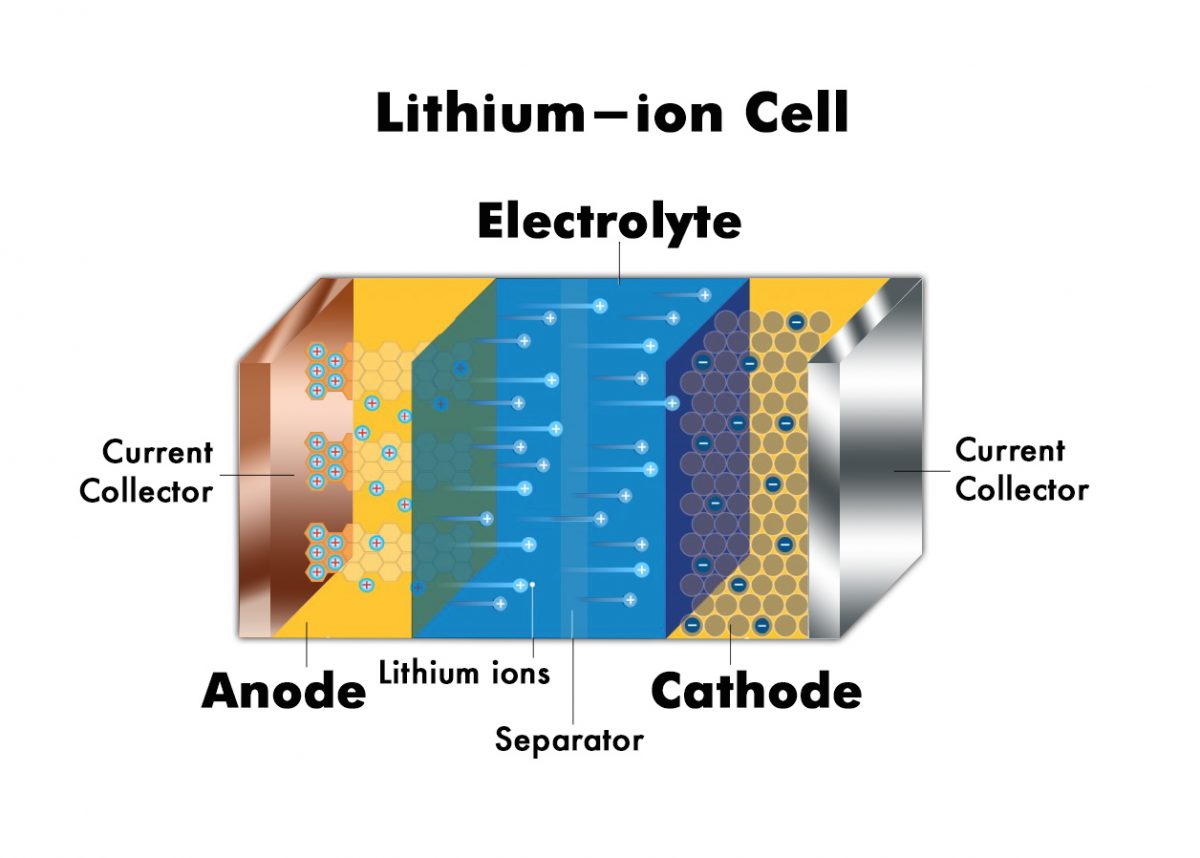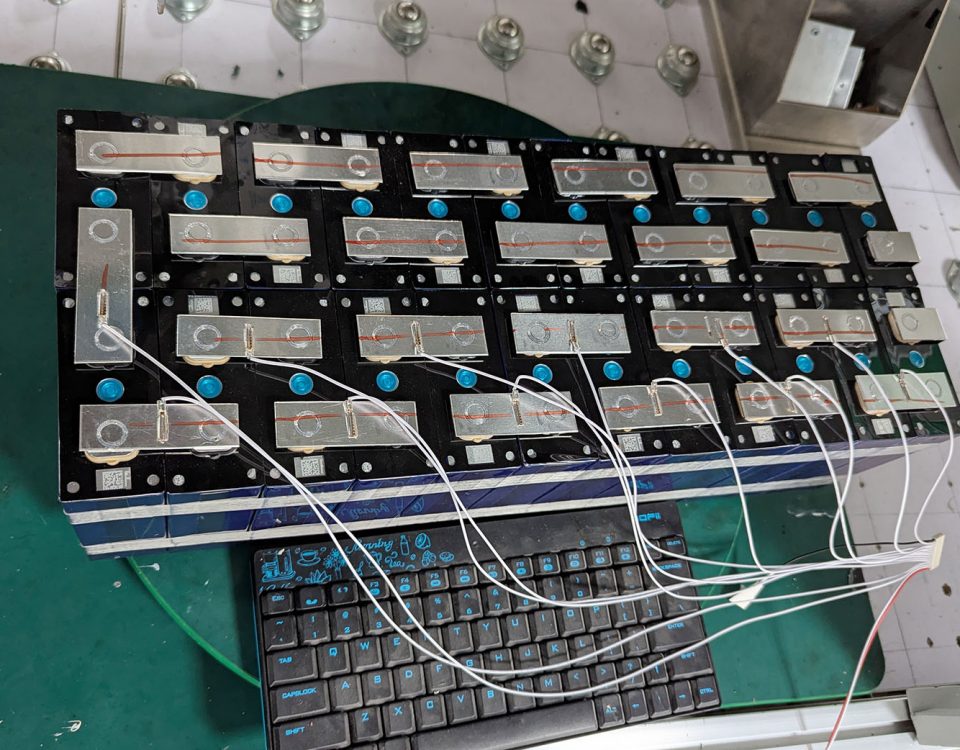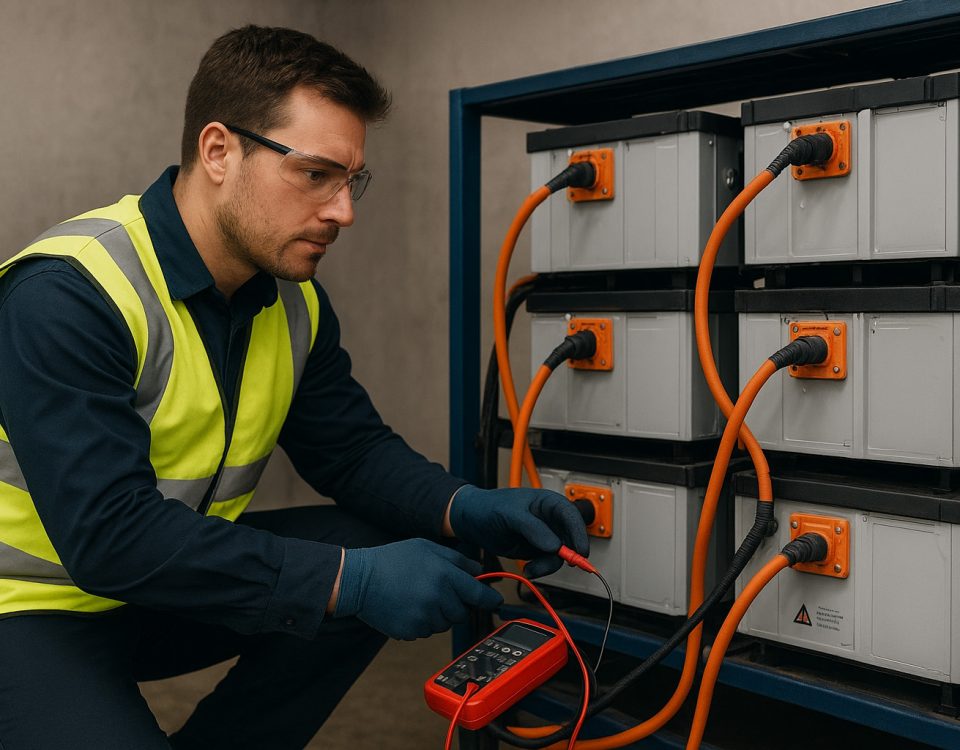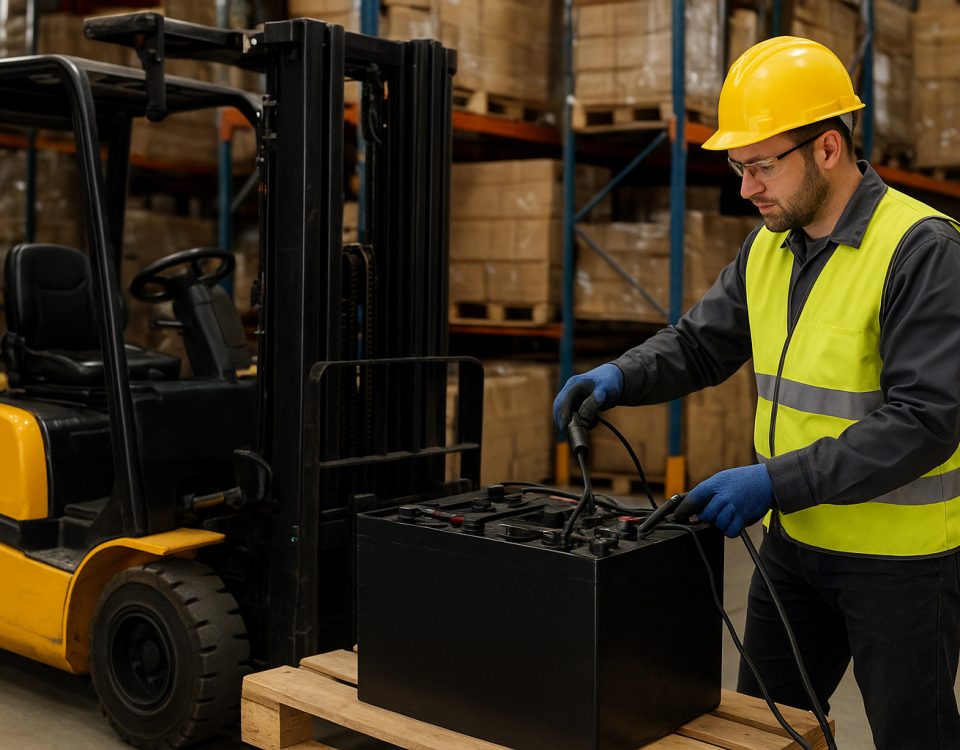Lithium-ion batteries have become a staple in modern technology due to their high energy density, long lifespan, and low self-discharge rates. Whether you're interested in manufacturing batteries for personal projects or for a larger commercial operation, understanding the complexities of lithium-ion battery production is crucial. This guide will walk you through the essential steps in making a lithium-ion battery, addressing common challenges and practical considerations.
1. Understanding the Components
Before diving into the manufacturing process, it’s essential to understand the key components of a lithium-ion battery:
- Anode: Typically made of graphite or other carbon-based materials.
- Cathode: Usually composed of lithium metal oxides or lithium iron phosphate.
- Electrolyte: A lithium salt dissolved in an organic solvent that facilitates ion movement.
- Separator: A porous material that keeps the anode and cathode apart while allowing ions to pass through.
2. Preparing the Electrode Materials
The first step in battery production is preparing the anode and cathode materials. These materials must be mixed with a binder and conductive agents to create a paste.
Anode Preparation:
- Mixing: Combine graphite with a binder (e.g., polyvinylidene fluoride) and a conductive additive (e.g., carbon black) to create a homogeneous paste.
- Coating: Apply the paste to a copper foil to form the anode sheet.
- Drying: The coated foil is then dried to remove any solvents.
Cathode Preparation:
- Mixing: Combine lithium metal oxides or phosphate with a binder and conductive agents to create a cathode paste.
- Coating: Apply this paste to an aluminum foil to form the cathode sheet.
- Drying: Similar to the anode, the coated foil is dried to evaporate solvents.
3. Assembling the Battery Cells
Once the electrodes are prepared, the next step is to assemble them into battery cells.
Electrode Stacking:
- Cutting: Cut the anode and cathode sheets into uniform sizes.
- Stacking: Place the anode and cathode sheets together, separated by the separator, in a specific order.
Electrolyte Filling:
- Injection: Inject the electrolyte into the cell, ensuring it saturates the separator and facilitates ion movement between the anode and cathode.
- Sealing: Seal the cell to prevent leakage and contamination.
4. Forming and Testing
The newly assembled cells undergo a process called "forming," which involves charging and discharging the cells under controlled conditions to activate the lithium-ion movement and stabilize the battery’s performance.
Formation Cycling:
- Charging/Discharging: Subject the battery cells to several charge and discharge cycles to ensure they meet performance specifications.
- Testing: Evaluate the cells for capacity, voltage, and safety under different conditions.
5. Packaging and Quality Control
Once the cells pass the testing phase, they are packaged into battery packs and subjected to final quality control checks.
Assembly into Packs:
- Configuration: Combine individual cells into packs according to their intended application, whether for consumer electronics, electric vehicles, or other uses.
- BMS Integration: Integrate a Battery Management System (BMS) to monitor and manage the battery’s performance, ensuring safety and efficiency.
Final Quality Control:
- Inspection: Conduct final inspections to verify that the batteries meet all specifications and safety standards.
- Testing: Perform additional tests to ensure reliability and longevity under real-world conditions.
Richye: Leading the Way in Lithium-Ion Battery Manufacturing
For those seeking high-quality lithium-ion batteries, Richye stands out as a premier manufacturer. Specializing in a wide range of lithium battery models, Richye is known for its commitment to excellence in performance, safety, and reliability. Our batteries are engineered to meet rigorous standards, ensuring superior quality and competitive pricing. If you're looking for a trusted partner in battery technology, Richye is here to help. Contact us for more information or to discuss your specific needs.
Conclusion
Manufacturing lithium-ion batteries involves a meticulous process of preparing materials, assembling cells, and rigorous testing. By understanding and addressing common challenges in battery production, you can ensure the creation of reliable, high-performance batteries. Whether you're producing batteries for consumer electronics or larger-scale applications, these steps will guide you in achieving optimal results.
For top-tier lithium-ion batteries and comprehensive manufacturing support, reach out to Richye. Our expertise and dedication to quality make us a reliable choice for all your battery needs.




